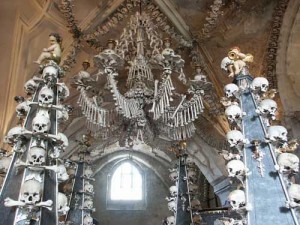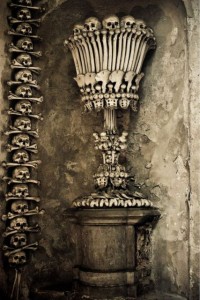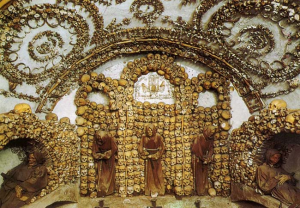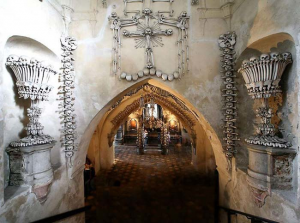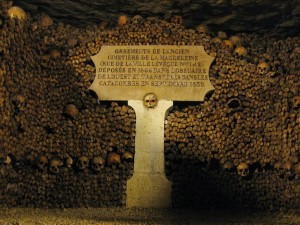The French suburbs, or the banlieue, have been the sites for high poverty, crime and unemployment rates. They also happen to house a large portion of France’s immigrant population (Musterd, 2008). During the years that followed World War Two, the French government encouraged immigration from its former colonies to help the lacking labour market. The Algerian War resulted in many immigrants finding habitation in “shantytowns” on the outskirts of French cities after being released from internment camps (Kjeilen, n.d.). As cities started to become more developed, these shantytowns were abandoned and immigrants moved to apartments that were relatively cheap to rent, which went on to be demolished with no other social housing plans in sight. This forced immigrants to be pushed to the suburbs, leading to the ghettoization of them (Musterd, 2008). As a result, this segregation appears to feed into a sort of neo-colonialism in France.
Second generation immigrants, an alienating term in itself, are feeling the brunt of these racist ideologies. A study done by BBC found that the unemployment was higher among North African university students compared to White French Students (BBC News, 2005). This has led to a feeling of hopelessness among second generation students. Racial profiling proliferates in the banlieue (Valentine, 2005). A 2005 Amnesty International report finding that the judicial system in France appears to condone racially motivated violence by police forces (Amnesty International, 2005). A report four years later by the same organization found that the French government did not appear to investigate racially motivated murders and abuses by the police (Amnesty International, 2009).
Muslims in France have had an extremely hard time being accepted and integrated into the French community, with Algerian Muslims being subjected to a “quasi-apartheid” during the time Algeria was a French colony (Bell and Gaffney, 2000). These feelings towards Muslims, and subsequently Islam, have continued to present day. The lack of opportunities for these people, and a fear created mostly by the media, has alienated a whole population. If these people felt discriminated against and powerless, they may have turned to an organization which offered them some sort of power and control. Since their faith is often attacked, a group that believes in the superiority of that faith would be appealing. This fear of “the Other” and Islamophobia, something that runs rampant in Western Society, has made way for extremists to pick these youths up because they have no one else batting for them. Of course, I am in no way blaming or even suggesting this is the fault of any one of the victims of these serious attacks, but maybe it’s time for Westerners to realize that people of colour are just as entitled to having a meaningful place in Western society as they are. Immigrants and visible minorities should also get the chance to feel patriotic about the countries they live in, not just scared and ostracized. Why humanity always seems to repeat history’s civil rights mistakes, even though we look back at how people were treated with horror and disgust, is a question society at large really needs to attend to.
Works Cited
Bell, D., & Gaffney, J. (2000). Political Leadership: From the Fourth to the Fifth Republic. In Presidential power in Fifth Republic France. Oxford: Berg Publications.
France: The search for justice : The effective impunity of law enforcement officers in cases of shootings,deaths in custody or torture and ill-treatment. (2005, April 5). Retrieved from https://www.amnesty.org/en/documents/EUR21/001/2005/en/.
French Muslims face job discrimination. (2005, November 2). BBC News. Retrieved from
http://news.bbc.co.uk/2/hi/europe/4399748.stm.
Kjeilen, T. (n.d.). Pied-Noir. In LookLex Encyclopedia. Norway.
Musterd, S. (2008). Banlieues, the Hyperghetto and Advanced Marginality: A Symposium on Loïc
Wacquant’s Urban Outcasts. City, 12(1), 107-114. Retrieved November 27, 2015, from
http://www-tandfonline-com.ezproxy.library.ubc.ca/doi/pdf/10.1080/13604810801933776.
Public outrage: Police officers above the law in France. (2009, April 2). Retrieved from
http://www.statewatch.org/news/2009/apr/ai-france-police-report.pdf.
Valentine, V. (2005, November 8). Economic Despair, Racism Drive French Riots. National Public Radio.
Retrieved from http://www.npr.org/templates/story/story.php?storyId=5004897.

